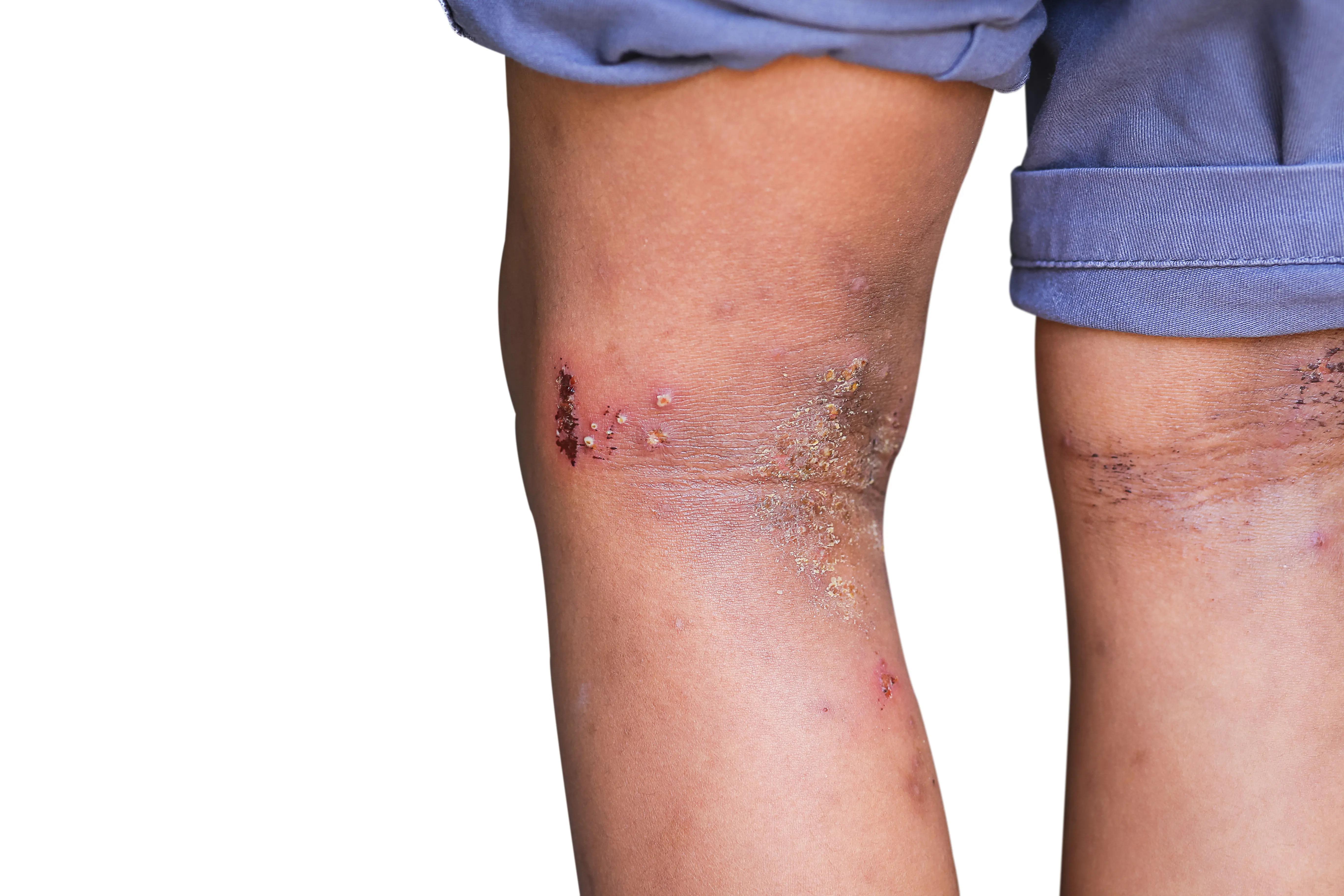- Case-Based Roundtable
- General Dermatology
- Eczema
- Chronic Hand Eczema
- Alopecia
- Aesthetics
- Vitiligo
- COVID-19
- Actinic Keratosis
- Precision Medicine and Biologics
- Rare Disease
- Wound Care
- Rosacea
- Psoriasis
- Psoriatic Arthritis
- Atopic Dermatitis
- Melasma
- NP and PA
- Skin Cancer
- Hidradenitis Suppurativa
- Drug Watch
- Pigmentary Disorders
- Acne
- Pediatric Dermatology
- Practice Management
- Prurigo Nodularis
- Buy-and-Bill
News
Article
Image IQ: Widespread brown macules on the trunk
Author(s):
An 18-year-old girl with small widespread, itchy brown macules primarily on her trunk. What’s your diagnosis?
An 18-year-old girl with small widespread, itchy brown macules primarily on her trunk. What’s your diagnosis? (Photo courtesy of VisualDx 2018)

An 18-year-old international college student visited her campus health clinic a few weeks after returning from a trip to India. Before she left for the trip, she noticed some small widespread brown macules primarily on her trunk. They were very itchy, but not problematic. She didn’t consult with a doctor and the lesions eventually expanded into an annular configuration with a fine scaly plaque. The urticaria intensified.
What’s your diagnosis?
A. Tinea imbricata
B. Psoriasis
C. Tinea corporis
D. Tinea cruris
Click on the next page for the answer.
The correct answer is A: Tinea imbricata
Tinea imbricata is a slowly progressive, chronic, superficial fungal infection caused by the dermatophyte Trychophyton concentricum, highly endemic to areas of Asia, the South Pacific, and Central and South America.
Lesions begin as small, brown, pruritic macules and papules and progress to concentric rings of scales. The infection usually begins in childhood, and progresses slowly over time. Over 75% of those affected will have lesions covering 50% or more of their skin surface. The lesions are quite pruritic, and the pruritus is aggravated by heat. Areas of lichenification develop after chronic excoriation. As this infection is superficial, patients do not have accompanying constitutional symptoms.
Risk factors include sharing an ancestry with endemic populations (travelers do not seem to develop this condition even after long stays and close contact), low socioeconomic class, and poor hygiene. Females are more commonly affected in the adult population; this sex ratio is reversed in children. Environmental exposures have not been linked to infection. A T-cell defect caused by an autosomal recessive trait has been suggested, but not proven.
ICD 10 Code: B35.5 – Tinea imbricata
For more information about this quiz â specifically, differential diagnoses and pitfalls, clinical tests, management pearls, therapy and a complete list of references â visit VisualDx online.






